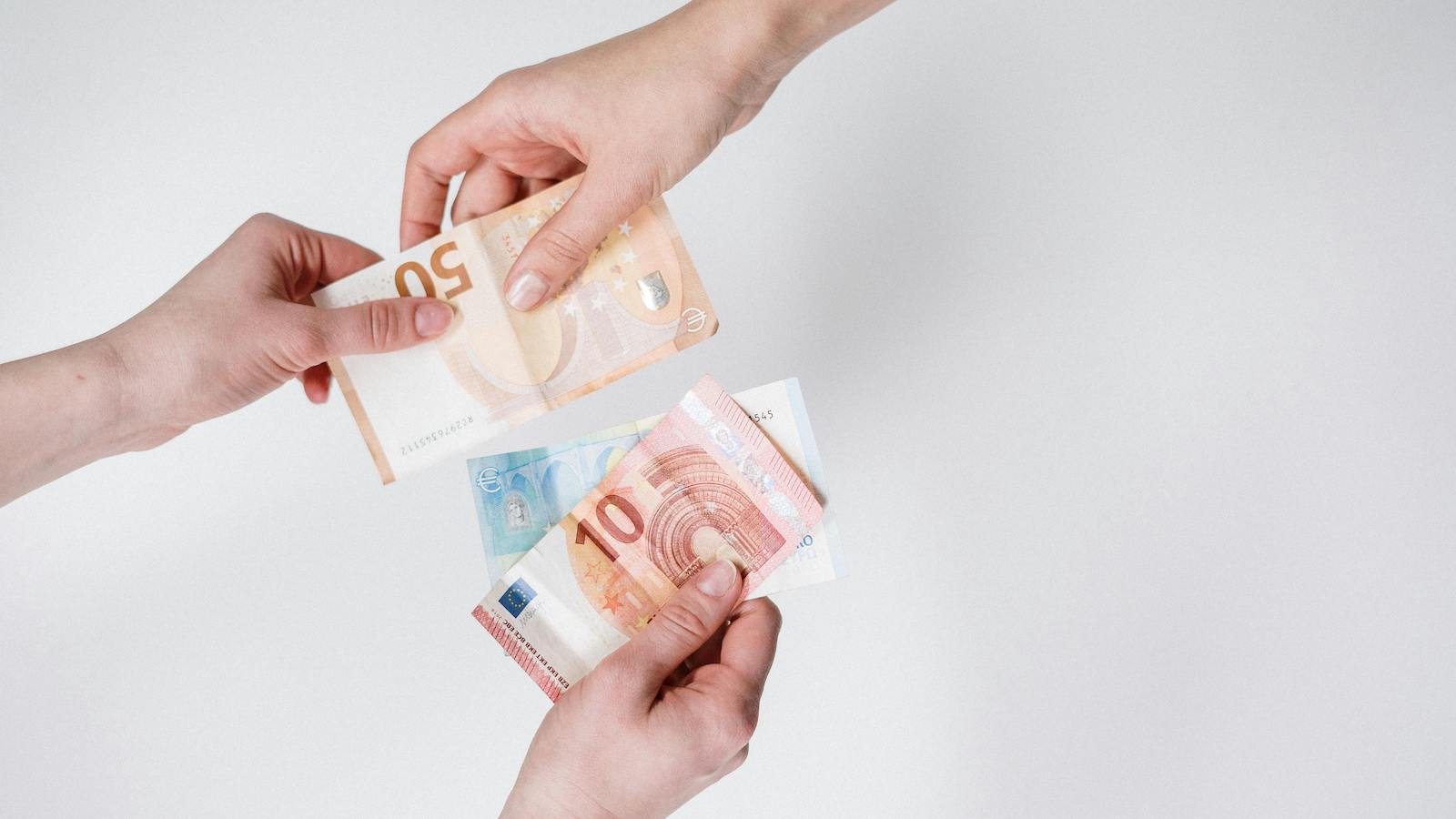Incentive programs can be an integral part of directing your sales team’s focus toward company goals. The concept of incentives is pretty simple: Offer rewards for desired actions, and those desired actions will be repeated more frequently.
However, in application, things aren’t quite so simple. For the relationship between action and reward to be established in the first place, salespeople need to have the sense that the desired actions and rewards are a part of their immediate environment. Otherwise, they will simply lose interest over time or fail to engage from the jump.
What’s an incentive program without active engagement? A cost that is unlikely to generate a ROI.
Out of Sight, Out of Mind
People are easily distracted. If you have ever managed a sales team in a demanding, fast-paced field like life or property insurance, you’re probably well aware of that. Your salespeople will focus on whatever issues seem the most pressing.
Most incentive programs have a website where your sales team can interact with the program; some might even include an email campaign to drive user engagement. But, even then, a large portion of those emails will go unopened. Much of your sales force will go to the website once, maybe twice, to check it out. Then it’s back to business as usual. Points go unredeemed; sales metrics go unmet.
You might be left wondering why you ever bothered with an incentive program in the first place.
Introducing Gamification
One of the most effective ways we’ve found to increase participation in an incentive program is through gamification.
What is gamification? Gamification is the use of game-like elements – such as point-scoring, leaderboards and other competitive components – to increase engagement with a web-based application, such as an incentive program.
A systematic review completed at the University of Australia found that users spent more time on online applications that use at least one element of gamification versus those that do not. Not only that, they visited these applications more frequently and more contributions by engaging with the available interactive features. Overall, the study found that gamification produced “significant positive effects, medium to large in magnitude” in terms of user engagement. Leaderboards, in particular, were shown to be effective, possibly because they have more tangible, real-world social value.
See also: Is Research Ready for ‘Gamification’?
Incentive Programs as a Form of Gamification
If you want to get really broad, ask yourself: Aren’t incentive programs, by their very nature, a form of gamification? They certainly can be, given that many are point-based. Those points can be redeemed for rewards. Rewards can be used for ‘bragging rights,’ which allows them to serve as a form of friendly competition. In certain incentive programs, the leaderboards update in real time.
These fun and rewarding types of gamification can be a very powerful way to modify behavior. It’s part of why incentive programs, when used strategically, can be so integral to the growth of a business.
When salespeople are invested in participating in an incentive program, they become more self-motivated. Companies should look for ways to enhance the game-like elements of their incentive programs, both during the onboarding phase and throughout the lifetime of the program.
Gamification During Onboarding
Consider the following setup: Each of your sales reps is given a quiz (or a series of quizzes) testing knowledge of insurance law or risk management. They are rewarded points based on their performance. This score plugs into a point-based leaderboard, where they can compare their standing against other sales reps in the organization. From there, they can see how future points are awarded according to specific metrics, and to compare the points they currently have against rewards in an online catalog.
In this example, a significant amount of gamification is built into the front end to capture the attention of your salespeople and to get them invested. The stakes are clearly communicated from the get-go. There is an immediate short-term payoff in terms of points awarded, as well as the necessary structure to direct their attention toward future goals and rewards to keep them engaged.
Upping the Ante
Times have changed. Members of your sales team experience gamification everywhere in their day-to-day lives – on social media, on various phone apps, on their exercise equipment – so they are already familiar with these concepts. If your incentive program isn’t making use of these principles, chances are your participation, and your ROI along with it, isn’t what it could be.
See also: In Age of Disruption, What Is Insurance?
Taking a little time upfront to incorporate gamification elements into your incentive program – and incorporating software to make those elements responsive and easy-to-use – can make a significant difference throughout the life of your program and, by extension, to your bottom line.
Gamification: Key to Engaging Sales Force
While many incentive programs are soon ignored, gamification makes desired actions and rewards part of the immediate sales environment.






